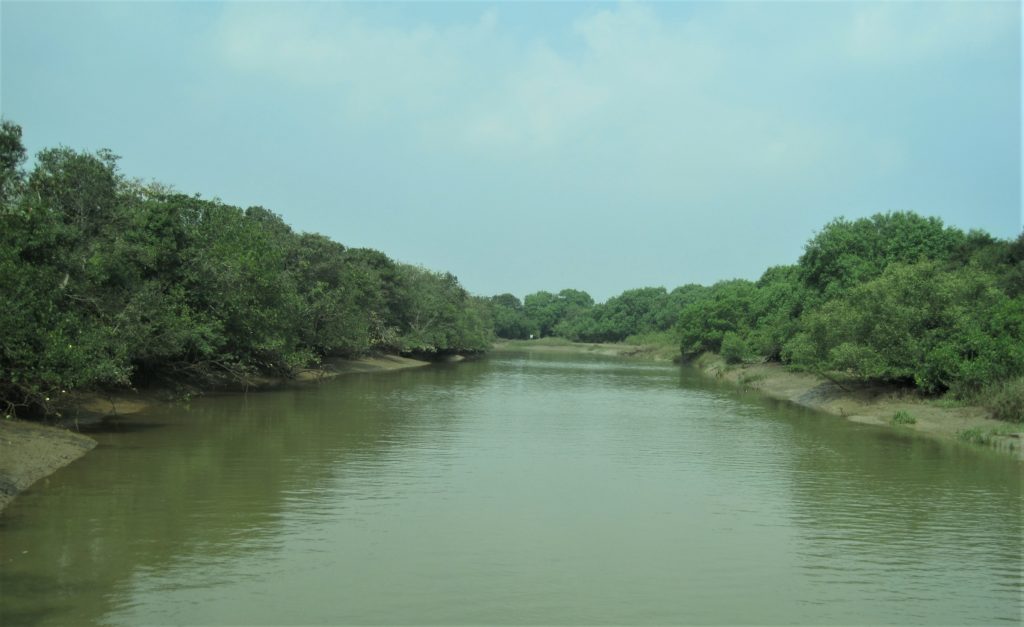
Eight species of kingfishers, Common, Collared, White-throated, Pied, Stork-billed, Black-capped, Brown-winged and Rudy, – coexist in the mangrove forests of Bhitarkanika along the east coast of India. Sympatric species with similar resource requirements need to have niche partitioning as a strategy to avoid competition in order to coexist together. To understand the mechanisms underlying such species coexistence, it is vital to know about the food requirements, foraging habitat preference, and how the resources are shared between these sympatric species.
I attempted to understand the potential mechanisms that might play a role in food-niche differentiation and examined the occupancy patterns of four sympatric kingfishers i.e. Common, Collared, Black-capped and Brown-winged kingfisher in Bhitarkanika mangroves. I conducted field study from January to May, 2011 in Bhitarkanika mangroves by surveying multiple creeks and collected data on occurrence and relevant habitat variables.
I found that Collared and Black-capped Kingfisher occur seasonally in Bhitarkanika mangroves; Collared being more abundant in summer and Black-capped in winter. For all the four sympatric species river/creek width had a negative association with detection probability. Similarly, the detection probability of Common and Black-capped Kingfisher decreased with the increase in depth whereas it did not affect the detection probability of Collared and Brown-winged Kingfishers. Water current and turbidity were negatively associated with the occupancy of Common and Brown-winged Kingfisher. However for Collared and Black-capped Kingfisher, it differed with vegetation layer.
This study also revealed that each of the four species of kingfishers in Bhitarkanika mangroves occupy foraging niches corresponding to their respective body sizes. The occupancy pattern and foraging behaviour of the smallest species, i.e., Common Kingfisher and the largest species, i.e., Brown-winged Kingfisher is more similar. They segregate in terms of prey size, which is reflected by the respective body sizes. On the other hand, the foraging behaviour of Collared and Black-capped Kingfisher is similar in terms of prey characteristics.
